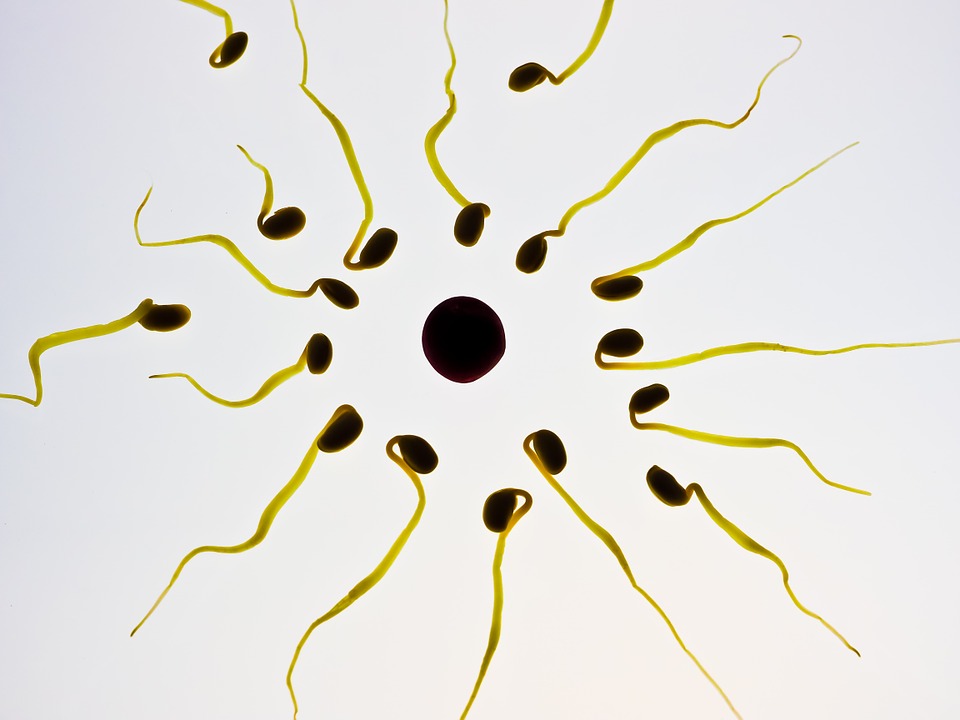Inside the race to make human sex cells in the lab
By Jessica Hamzelou,
MIT Technology Review
| 08. 23. 2022
The way we make babies could be about to change. Maybe.
An embryo forms when sperm meets egg. But what if we could start with other cells—if a blood sample or skin biopsy could be transformed into “artificial” sperm and eggs? What if those were all you needed to make a baby?
That’s the promise of a radical approach to reproduction. Scientists have already created artificial eggs and sperm from mouse cells and used them to create mouse pups. Artificial human sex cells are next.
The advances could herald the end of infertility—there’s no need to worry about a lack of healthy eggs or sperm if you can create new ones in the lab. It would open up alternative routes to parenthood as well. Same-sex couples could have genetically related children. If a cisgender woman could create her own sperm cells, she could use them to fertilize the egg of a partner. Likewise, a cisgender man could produce his own eggs to be fertilized by the sperm of his partner. And why stop there? The technology would allow four parents...
Related Articles
By Grace Won, KQED [with CGS' Katie Hasson] | 12.02.2025
In the U.S., it’s illegal to edit genes in human embryos with the intention of creating a genetically engineered baby. But according to the Wall Street Journal, Bay Area startups are focused on just that. It wouldn’t be the first...
Several recent Biopolitical Times posts (1, 2, 3, 4) have called attention to the alarmingly rapid commercialization of “designer baby” technologies: polygenic embryo screening (especially its use to purportedly screen for traits like intelligence), in vitro gametogenesis (lab-made eggs and sperm), and heritable genome editing (also termed embryo editing or reproductive gene editing). Those three, together with artificial wombs, have been dubbed the “Gattaca stack” by Brian Armstrong, CEO of the cryptocurrency company...
By Lucy Tu, The Guardian | 11.05.2025
Beth Schafer lay in a hospital bed, bracing for the birth of her son. The first contractions rippled through her body before she felt remotely ready. She knew, with a mother’s pit-of-the-stomach intuition, that her baby was not ready either...
By Emily Glazer, Katherine Long, Amy Dockser Marcus, The Wall Street Journal | 11.08.2025
For months, a small company in San Francisco has been pursuing a secretive project: the birth of a genetically engineered baby.
Backed by OpenAI chief executive Sam Altman and his husband, along with Coinbase co-founder and CEO Brian Armstrong, the startup—called...




